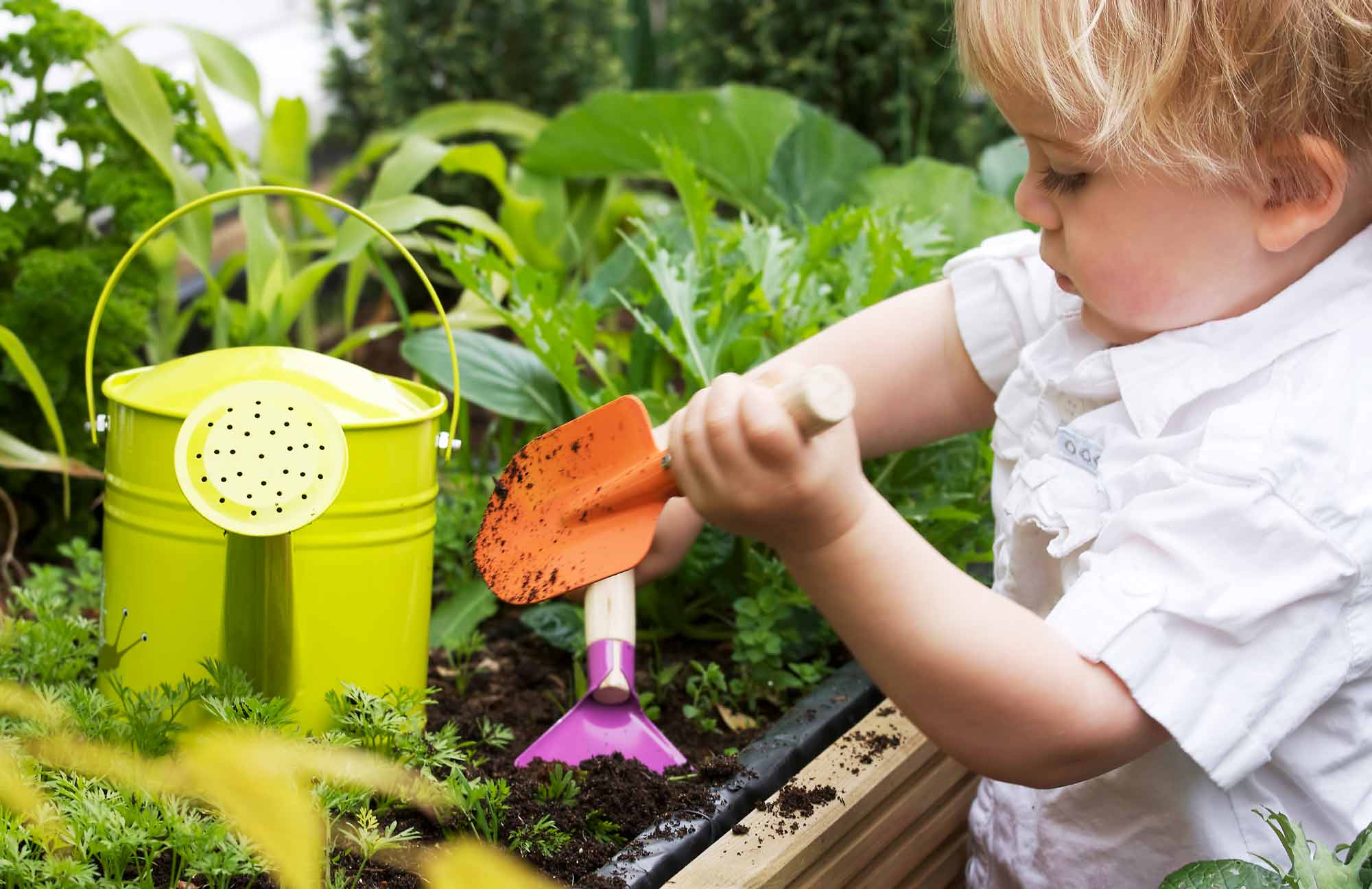Marble Maze
In this lesson, children will design, create and test out a marble maze.
Content Area:
Learning Goals:
This lesson will help toddlers and preschoolers meet the following educational standards:
- Develop beginning skills in the use of science and engineering practices, such as observing, asking questions, solving problems, and drawing conclusions.
- Develop and use models to represent their ideas, observations, and explanations through approaches such as drawing, building, or modeling with clay.
Learning Targets:
After this lesson, toddlers and preschoolers should be more proficient at:
- Expressing wonder and curiosity about their world by asking questions, solving problems and designing things
- Developing and using models to represent their ideas, observations and explanations through approaches such as drawing, building or modeling with clay

Marble Maze
Lesson plan for toddlers/preschoolers
Step 1: Gather materials.
- Paper
- Pencils
- Marble Maze pieces
- Marbles
Note: Small parts pose a choking hazard and are not appropriate for children age five or under. Be sure to choose lesson materials that meet safety requirements.
Step 2: Introduce activity.
- In large group, invite children to share what they know about marble mazes.
- Ask children to think back to a time they built a marble maze and talk about what happened during that time. Did it work? Why or why not?
- After everyone has had a chance to talk about their experience, talk about the importance of designing/drawing your ideas first.
- Then explain that they will have an opportunity to design, build and test out a marble maze.
Step 3: Engage children in lesson activities.
- In small groups, invite children to draw a marble maze that they could build with the marble maze pieces.
- Ask children to think about what the marble maze pieces look like, how they can fit together and how a marble can roll on it and use that for inspiration to draw their maze (thinking about a path for the marble).
- After the children have drawn their marble maze, invite children to build with the marble maze pieces.
- As the children are building, ask if the maze looks like their original design and if different how is it different and why they may have chosen to build their maze different from their design?
- After the children are done building, ask them to predict if their marble will go through the whole maze?
- Invite children to test out their marble mazes and see if the marble goes all the way through.
- After all the mazes have been tested, discuss and analyze why some of the mazes worked and how others didn’t. (Maybe marble got stopped after a couple of pieces or marble fell straight down)
- Invite children to re-design their maze and keep building during free choice so they can keep investigating mazes.
Step 4: Vocabulary.
- Predict: To guess what might happen next
- Design: To create a plan for something that will be built
- Test: To try out an idea to see if it works or not
- Conclude: To make statements about what was learned after an observation or experiment
- Analyze: To examine information in order to make conclusions
Step 5: Adapt lesson for toddlers or preschoolers.
Adapt Lesson for Toddlers
Toddlers may:
- Not be able to participate in extensive conversations during maze designs and analysis of results
- Not be able to draw precise maze designs
Child care providers may:
- Skip the design and drawing process and go straight to building.
- Skip the lengthy conversations before and after building and concentrate on the actual building of marble mazes.
Adapt Lesson for Preschoolers
Preschoolers may:
- Want to build a marble maze with blocks instead of marble maze pieces
- Want to use other objects besides marbles to use in their maze
Child care providers may:
- Want to provide other materials to build a marble maze with (blocks, tubes)
- Want to encourage children to build together instead of individually
Suggested Books
- Rosie Revere, Engineer by Andrea Beaty
- Iggy Peck, Architect by Andrea Beaty
- What Do You Do With an Idea? by Kobi Yamada
Music and Movement
- Five Little Ducks Song: Invite children to act out the song and every time a duck gets lost, encourage children to create a maze like path to get back to the mom
- Maze Yoga: Invite children to work together and create a maze with their bodies
Outdoor Connections
- Create a maze with sticks, rocks, leaves and other materials found outside.
Comment on this lesson